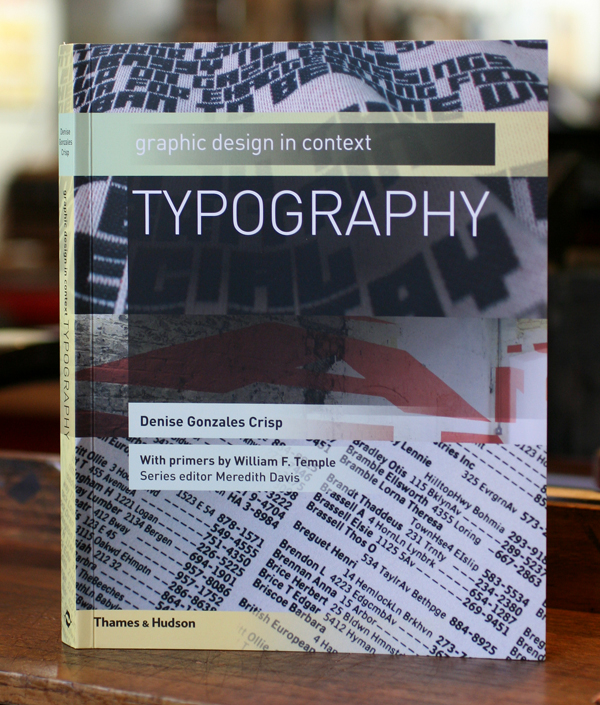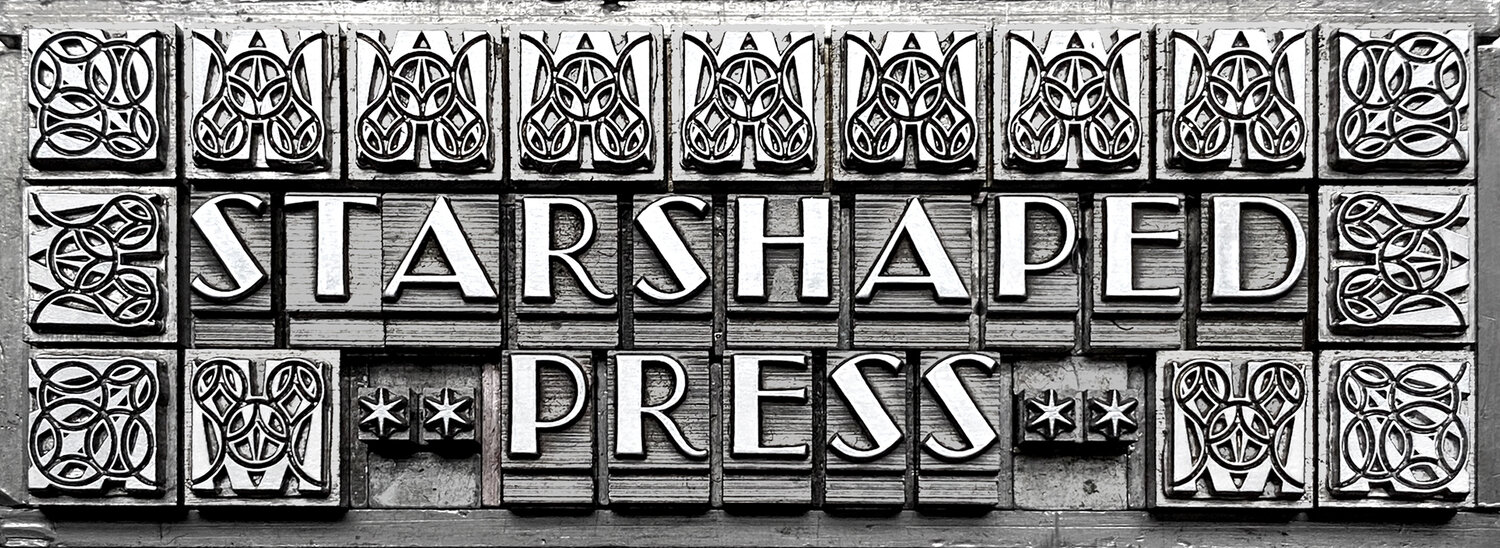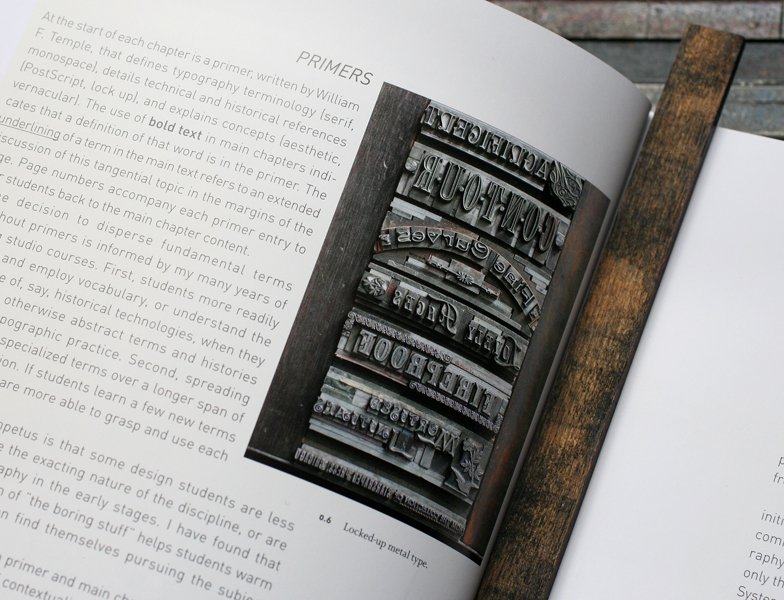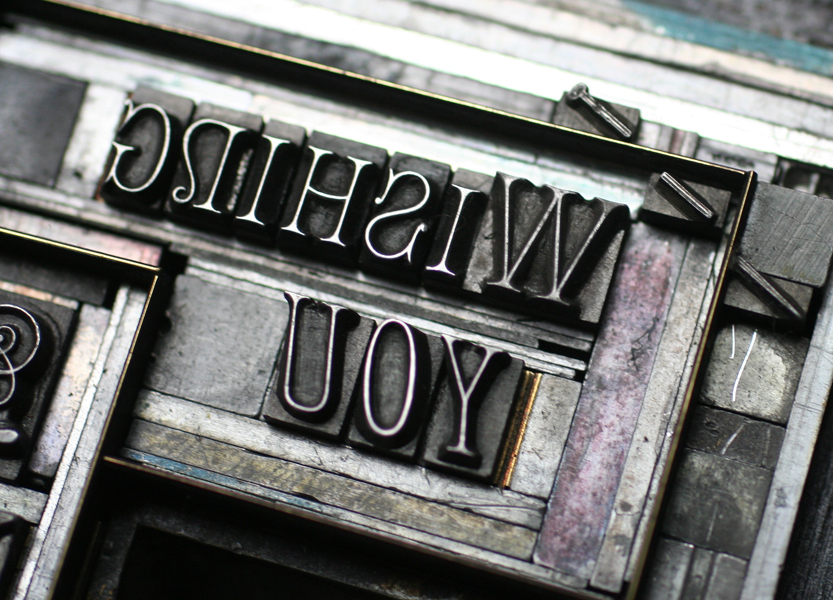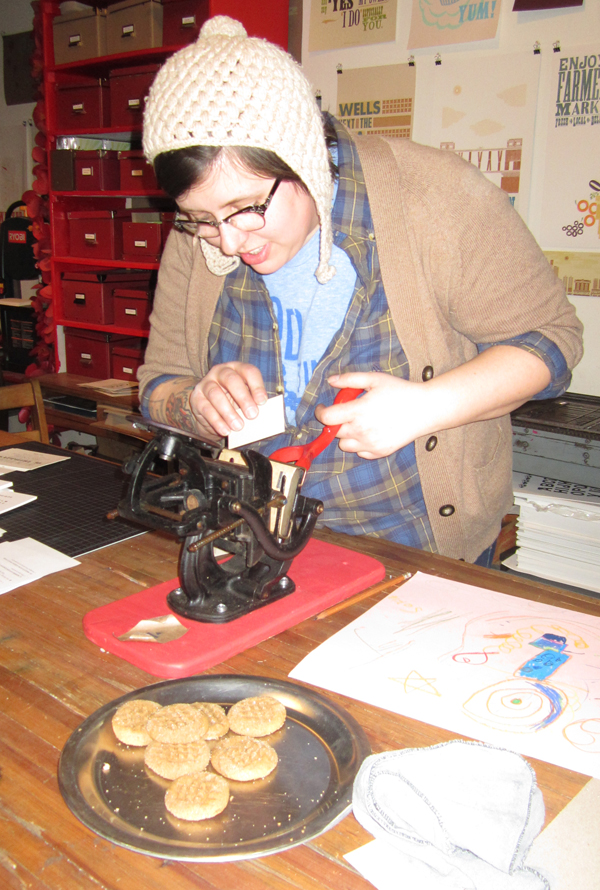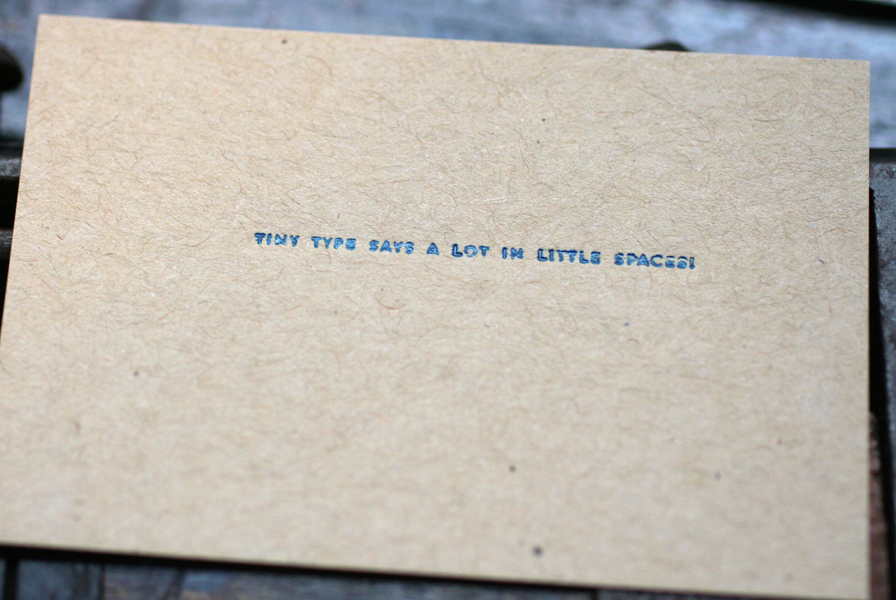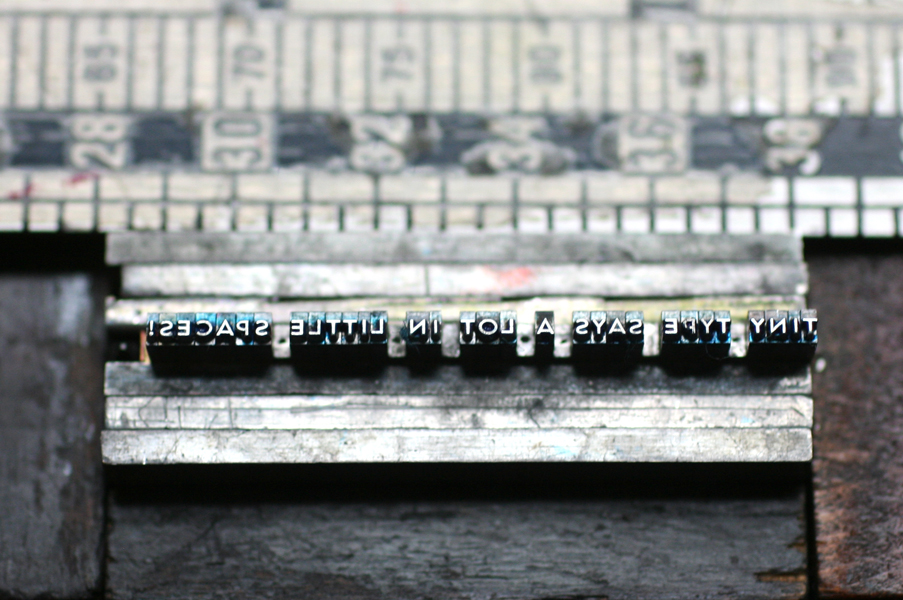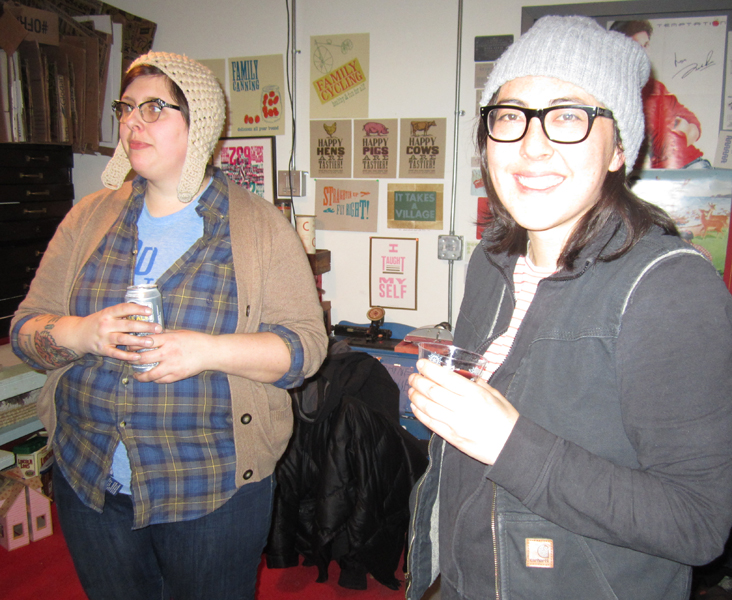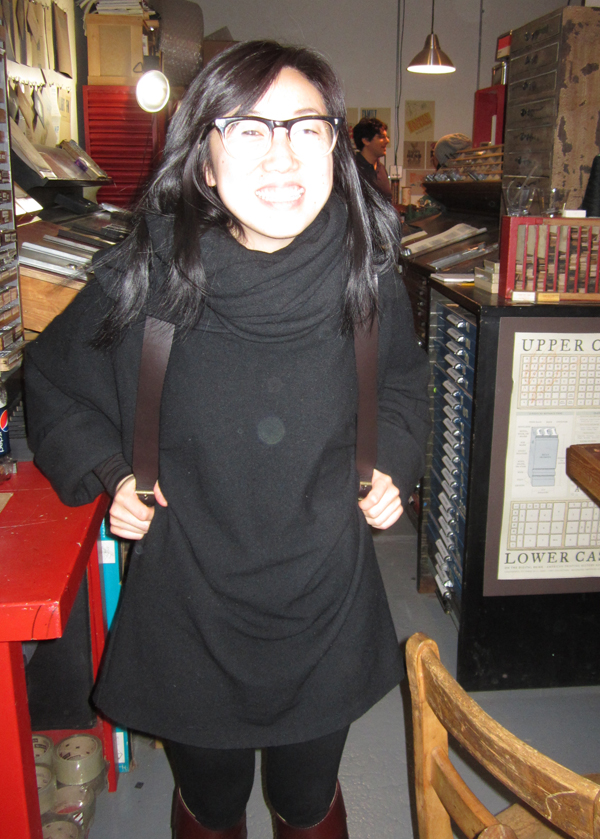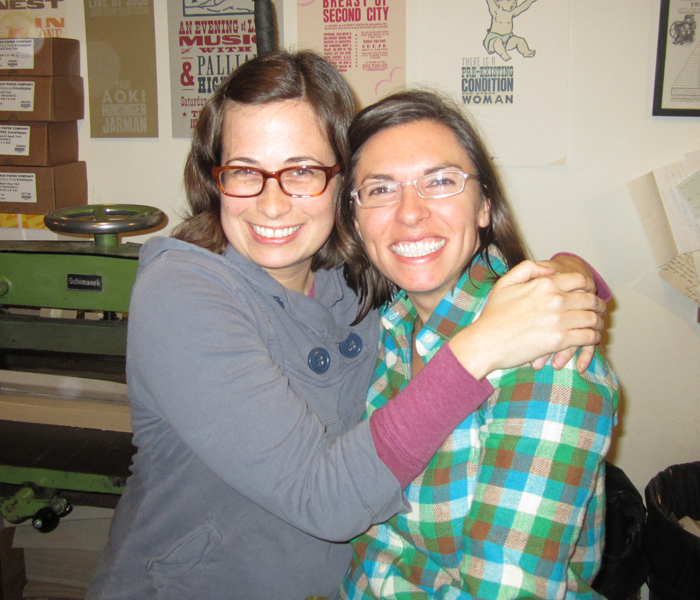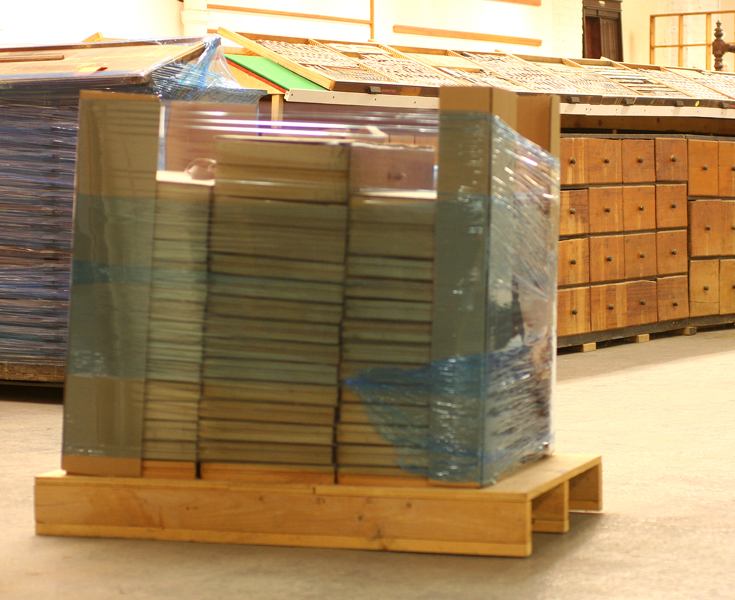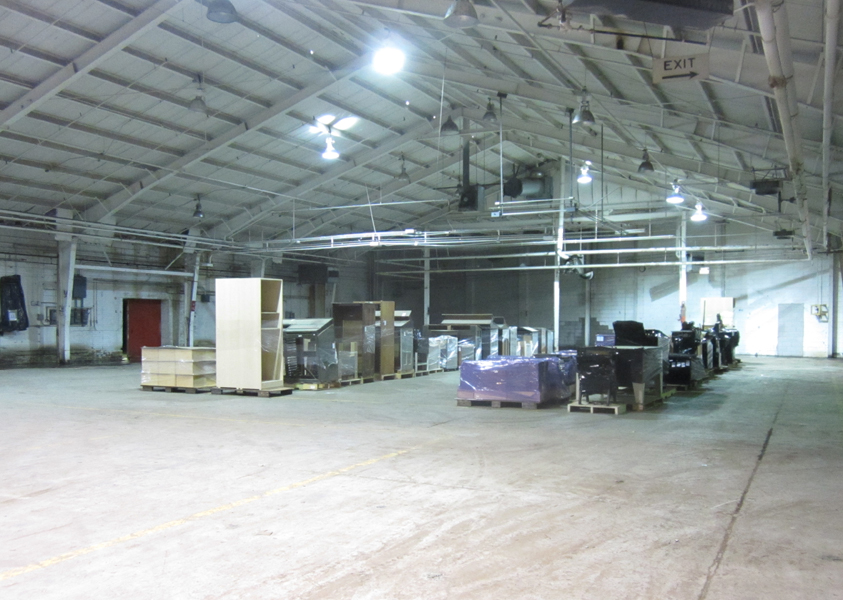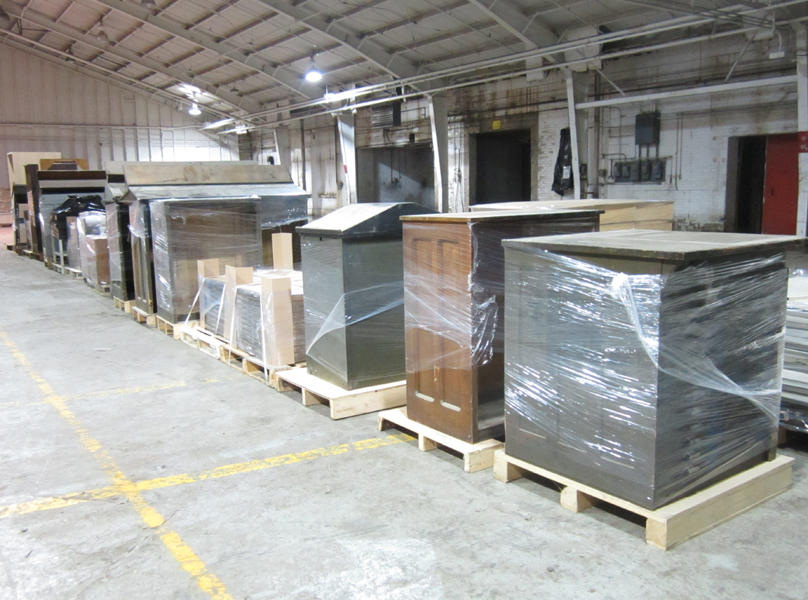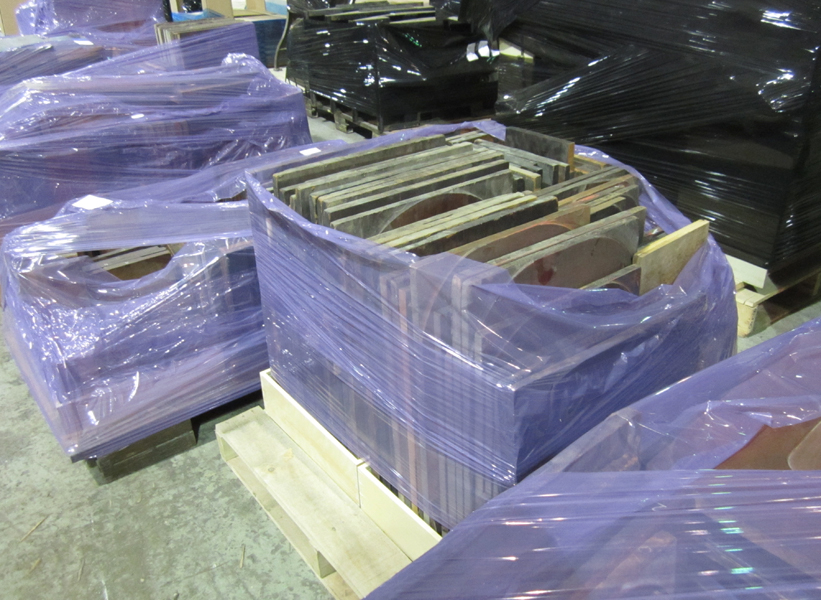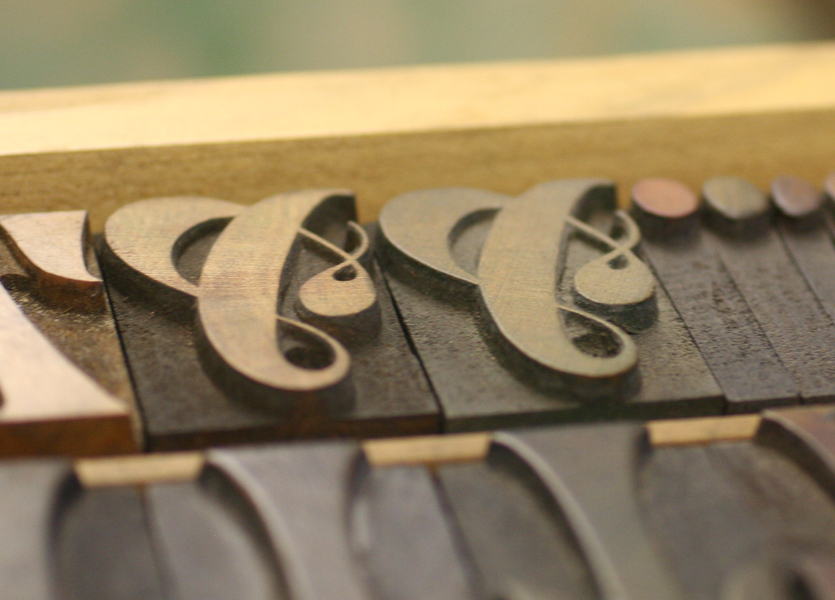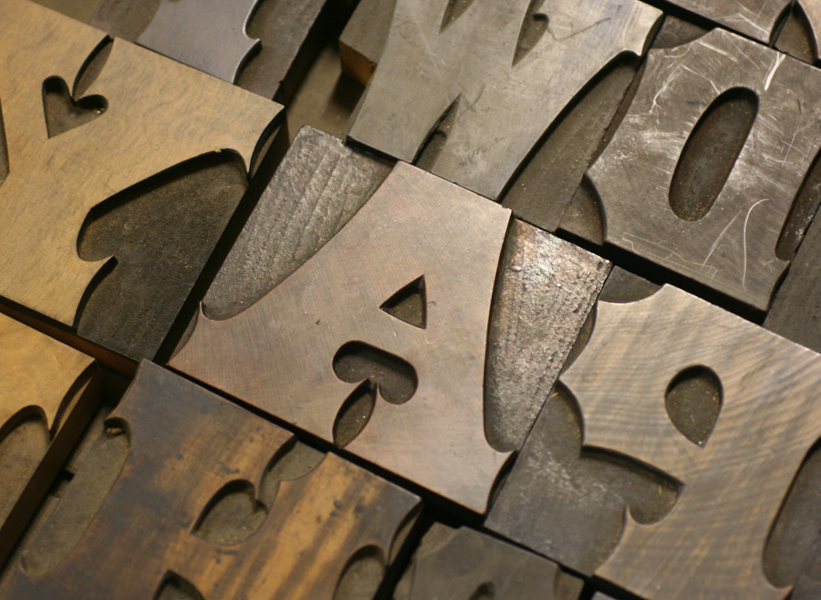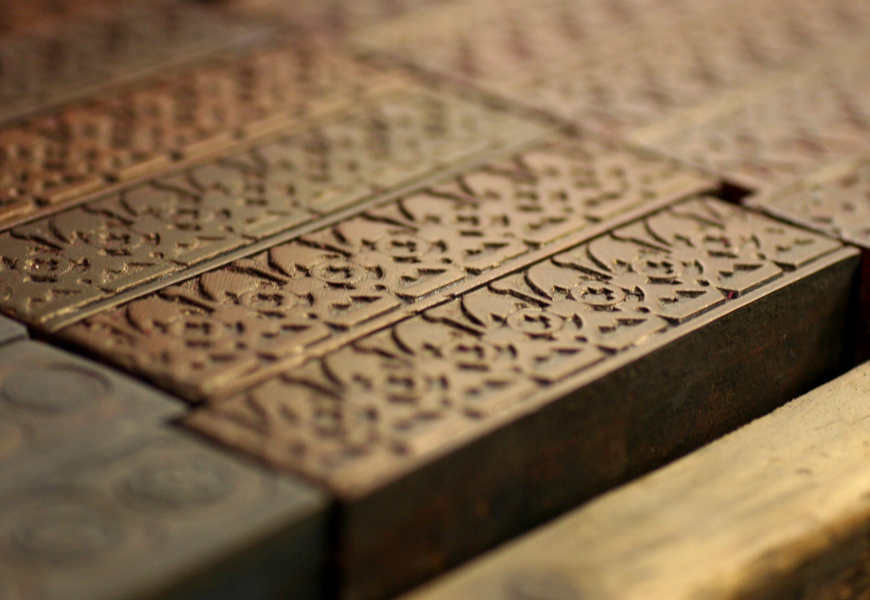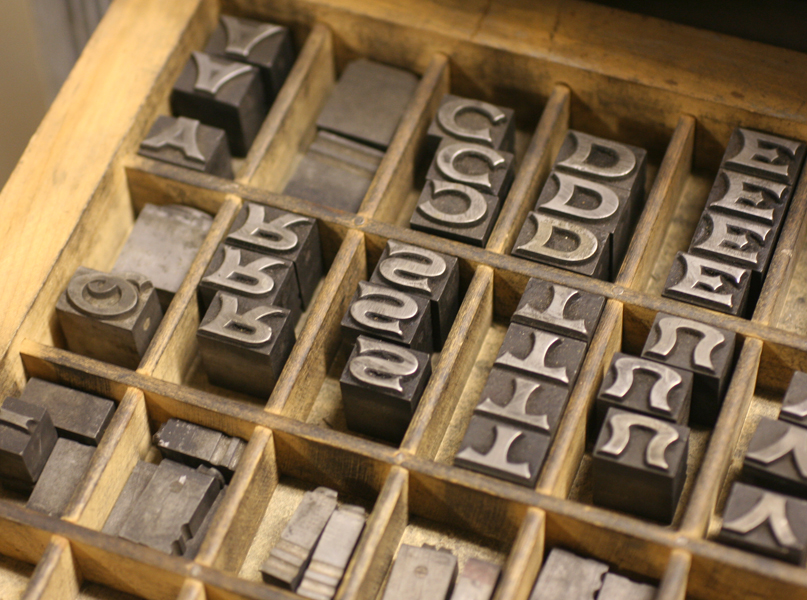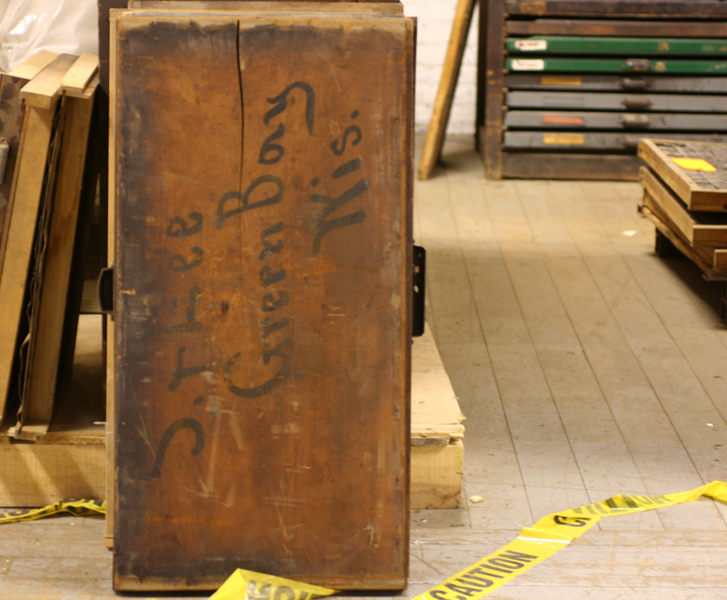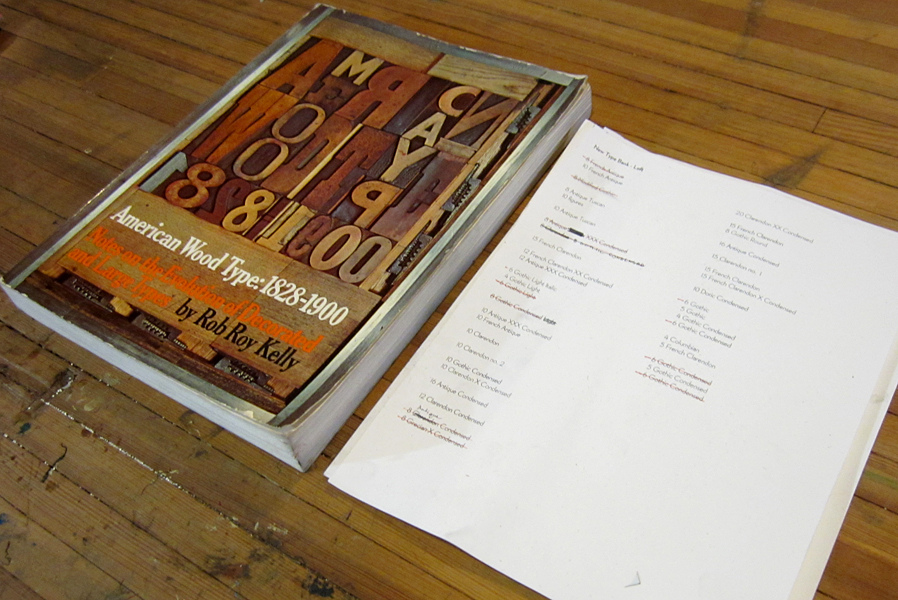I'm pleased to share that our poster, Urbs in Horto, was just selected as one of the Outstanding winners in How's International Design Awards issue, which is out now.


Last February, I built the form for this poster and printed it over the course of 4 days, to be included in the city's show, The Flag and Seal Revisited, which featured different takes on Chicago's flag and seal by local artists and printmakers.
When starting the print, I wasn't sure if it would be successful or not, as I explored the idea of building a city of ornaments (which we do a lot in the studio) in multiple colors and in a circular shape. The type was set solid, meaning there was very little spacing in it, making it that much harder to take out the individual colors while maintaining the overall integrity of the print. Here's the initial shot of pulling ornaments and designing it before moving to press; I can't help but liken it to building the Death Star:

Here are a few other close ups of some of the colors once I moved the form to press:



And here is the final print. I wanted it to have a specimen-like feel, and labeled the bottom accordingly with mini pins.



The print plays off of the idea of City in a Garden, the Latin motto of the city. There are flower and plant ornaments cropping up between all of the buildings represented, as well as little 'trees' that follow the line of the water meant to represent Lake Michigan. Many popular features of the city are included, like the Sears Tower, Buckingham Fountain and Harold Washington Library.

The other side of the print ends in the more stereotypical bungalows that make up many of the city's neighborhoods. And would it have been complete without a cow?

The 'kissing kids' in the lake is a small cut originally produced by Chicago's own Barnhart Bros. & Spindler type foundry.

The print (which sold out quickly) was a crowning achievement in my typesetting career, and I'm glad it turned out to be successful on many levels. We'll be celebrating at the lovely Atwood Cafe in the historic Reliance Building downtown.
And as if the recognition of this piece wasn't enough, How also selected one of our invitations to be included in the Merit category:

Also a city, but this time San Francisco. Apart from the difficulty of setting the Golden Gate Bridge with curved rules, the other fantastic and challenging aspect of this project was setting it in both english and french, which required the use of accents and a little 'type surgery'. Here are a few close ups:


Notice here the addition of accents, and the trimmed Copperplate E's (to make room for the accents).


Why does it look like this picture was taken late at night? Because it was... it took about 4 hours just to get it to stay together and straight given the bent rule, let alone getting it on press. Is it worth it to spend this amount of time typesetting? Yes, given that the mission of Starshaped is to preserve the typesetting techniques of the past and make them relevant to commercial work today.
